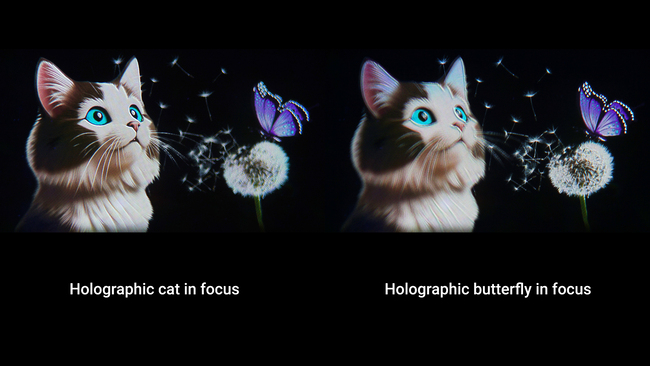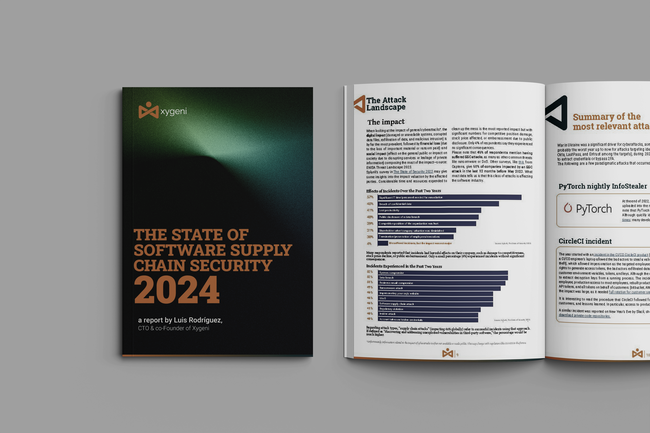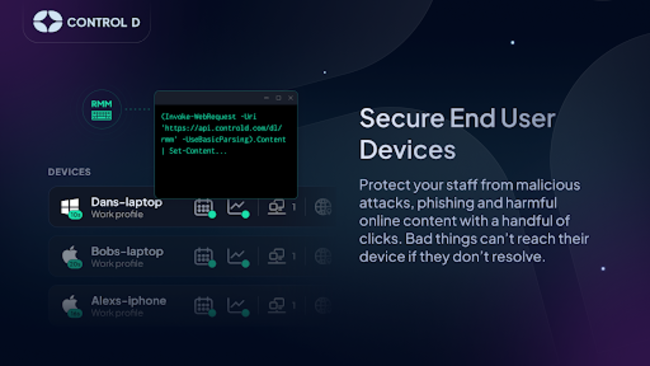VividQ, a trailblazing 3D deep-tech start-up, has showcased real holograms using advanced 4K display technology, a significant milestone in computer-generated holography. This breakthrough enables next-generation VR headsets to offer levels of immersion and realism never seen before.
Alongside this technological feat, VividQ announces two major commercial developments, heralding a new era where holography is a fundamental element in evolving VR and AR experiences, moving beyond its fictional representations.
Contrasting the grainy, monochromatic holograms of popular culture, such as those in Star Wars, VividQ’s 4K image demonstrates the ability to render holograms with lifelike resolution and vivid colours. This enhancement is essential in various VR and MR applications, with gaming poised to be the first domain to experience its profound effects.
VividQ is also announcing a partnership with JVCKENWOOD (JKC), using their high-performance LCoS displays to bring retina resolution holograms closer to the consumer market. This collaboration, one of today’s key commercial announcements, aims to transform a wide range of AR and VR applications.
Additionally, VividQ has forged a commercial relationship with a top-tier consumer electronics firm to incorporate holographic display technology into upcoming products, marking a significant milestone in bringing holography to the consumer market.
VividQ’s CEO, Darran Milne, reflects on the journey from viewing holography as a fantastical concept to its current status as a high-quality, dynamic, and interactive display technology. He underscores the company’s success in bridging the gap between revolutionary display technology and real-world applications.
Meta CEO Mark Zuckerberg echoes the sentiment that holograms will soon be a regular feature in consumer electronics. In his predictions at the 2023 Connect developer conference and a subsequent podcast with Lex Fridman, he envisaged a future where holograms are as prevalent as physical objects.
VividQ’s advancements in computer-generated holography improve VR and MR experiences by offering built-in prescription correction, enabling dynamic focus changes, and reducing vergence accommodation conflict (VAC). These improvements enhance the comfort and duration of gaming sessions.
Alfred Newman, Head of Research at VividQ, shares that using JKC’s 4K LCoS technology, they have achieved retinal resolution holograms with full 3D focus and an extensive field of view. This breakthrough offers a display experience matching the eye’s natural expectations for resolution and focus.
Yoshio Sonoda, CTO of JKC, comments on the collaboration with VividQ, highlighting the transformative impact of holography in consumer experiences, particularly in the VR sector where it overcomes existing technological limitations.







